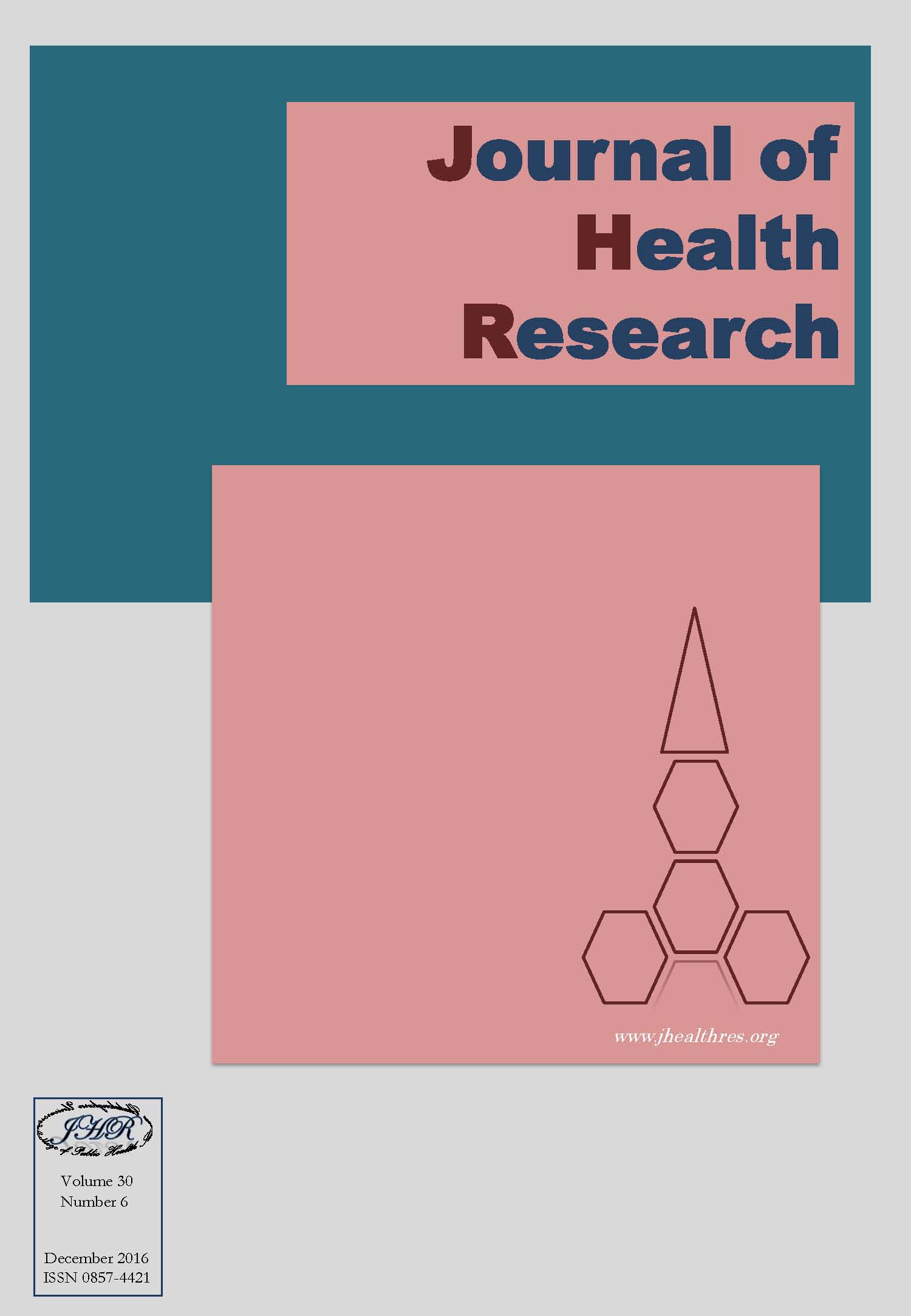Stakeholder mapping in the provision of youth-friendly reproductive health service in Indonesia
Keywords:
Stakeholder mapping, Youth, Reproductive health service, IndonesiaAbstract
Background: Indonesia has made slow progress in identifying reproductive health needs of young people and in formulating related policy. As a result of political sensitivity, policy dialogues have not yet been translated into reproductive health programs and services for young people. Existing Youth Reproductive Health Programs provide mostly basic information on sexuality and reproductive health, but do not provide services. As a consequence, the reproductive health needs of unmarried youth in Indonesia remain unfulfilled. This study aims to identify the roles of stakeholders and explore their position and involvement in the policy formulation and implementation of Youth Friendly Reproductive Health Service (YFRHS) in Central Java, Indonesia.
Methods: The study used a qualitative approach through in-depth interviews to collect data from the total of fifteen stakeholders who are related to the provision of youth-friendly reproductive health service in the city. Stakeholder analysis framework and mapping were employed to identify the roles and involvement of stakeholders.
Results: Mapping results indicates that among stakeholders related to the provision of YFRHS, the Regional Planning and Development Board was identified as the most important stakeholder in providing policy and environmental support and was categorized as a 'savior' because it had supportive attitude, strong influence and was actively involved in the provision of YFRHS program. The community health centers that are coupled with a local school were found to be the most important stakeholder in provision of YFRHS. District health office had position as 'friend' in conducting problem identification, preparation, implementation and external socialization whilst district office for education and culture was categorized as an 'observer' in the program preparation, problem identification and implementation of YFRHS. User stakeholders had position as a ‘friend’ in strategic advocacy, coordination, external socialization and implementation of YFRHS because they had supportive attitude but did not have authority and were only passively involved in the implementation of YFRHS.
Conclusion: Given the rigidity of existing policies related to the provision of YFRHS, more intensive advocacy to related stakeholders should become a higher priority. Such advocacy should promote the Regional Planning and Development Board as a powerful regional planning board, the community health centers which are coupled with schools as the main service provider, and in-school adolescents as the primary user. Synchronizing the existing roles, actively involving stakeholders, and clearly defining roles of each stakeholder should be continuously performed in order to







